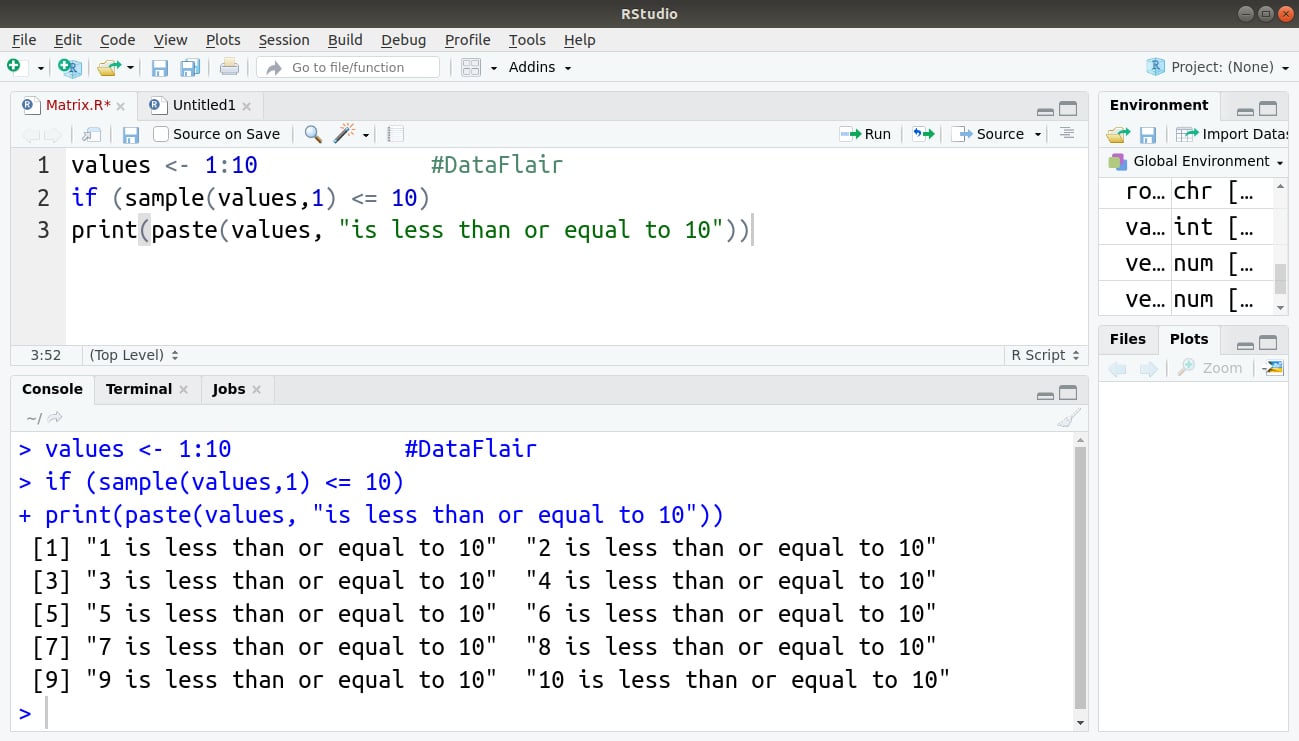

The first uses of looping music were pioneered by producers in the 50s who discovered they could literally loop tape in reel-in-reel machines to create interesting effects like slap-back delay. A loop can be a drum part, bassline, melody or any sound that’s intended to be played in a repeating pattern.Īrtists love using music loops because they’re easy to arrange, they have a natural but repetitive rhythm and they’re pre-recorded leaving minimal production work to use them. Music loops are sound recordings that are designed for repeating play.
#How to write a loop in r software
I’ll also share a handful of free software and tools to help you start using loops in your music.Īs a bonus, I’ve got five free loop packs for you at the end of this article for you to download and try on your own.
#How to write a loop in r how to
In this article, we’ll explore a handful of ways to use loops in your music.īy the end, you’ll know how to arrange loops in different DAWs, how to chop them up and I’ll show you how to use time stretching and pitch shifting to make any loop fit your key and tempo. Some innovative producers even used looped tape to create slap-back delays and psychedelic guitar effects.īut what makes music loops so useful and how do producers use them today?

In the 1950s, they were one of the earliest ways that producers manipulated sound to create hypnotic, repeating rhythms. Loops have been used in music since the early days of reel-to-reel tape machines. Music loops are incredibly useful for arranging ideas-with loops you can make drums, synths and melodies snap together in a DAW.


 0 kommentar(er)
0 kommentar(er)
